Minecraft is one of the most popular video games in the world. However, few know that its path to success was far from easy. The history of Minecraft began in 2009. The project went through numerous development stages, attracting gamers of all ages. In this article, we will explain how one person created a cultural phenomenon that changed the gaming industry once and for all.
Idea and First Implementation
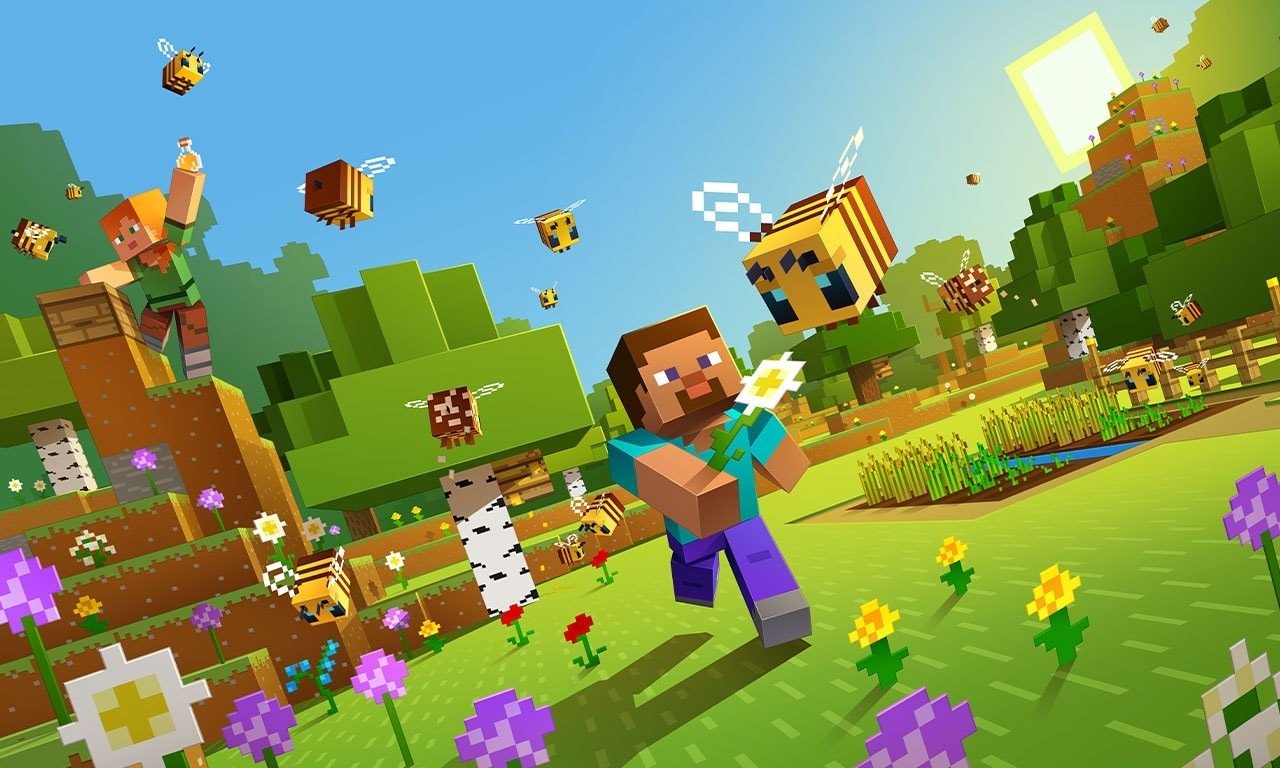 Image: apkpure.cfd
Image: apkpure.cfd
The history of Minecraft begins in Sweden, started by a man named Markus Persson. The programmer called himself Notch. In an interview, he revealed that his inspiration for Minecraft came from the following games: Dwarf Fortress, Dungeon Keeper, and Infiniminer. The game designer wanted to create a game where anyone could freely build and explore the world.
The first version of the sandbox was released on May 17, 2009. This was the alpha version of Minecraft, which Notch developed during a break from his main job at King.com. The launch was conducted using the official game launcher. The basic game was a lightweight pixel-format sandbox. The ability to build immediately attracted the attention of the industry. Players began to gradually join and explore Markus Persson's world.
Active Audience Recruitment
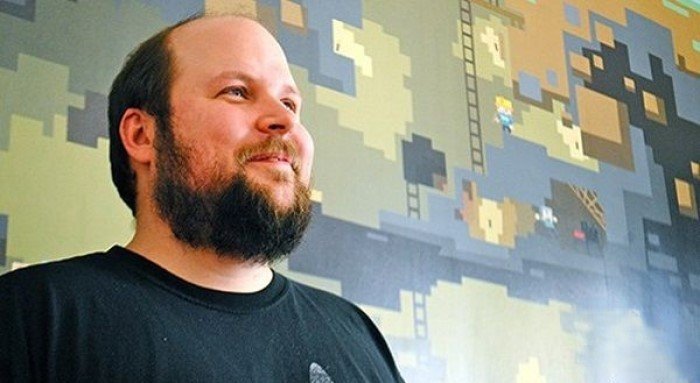 Image: miastogier.pl
Image: miastogier.pl
News about the game spread through word of mouth and players' posts across the internet. Minecraft's popularity grew rapidly. In 2010, testing moved to the beta format. The developer registered the company Mojang to dedicate all his time to improving the sandbox.
Minecraft gained popularity through its unique concept and a vast number of creative possibilities. Players recreated their homes, famous landmarks, and even entire cities. It was a breakthrough in the world of video games. One of the key updates was the addition of Redstone, a material that allowed gamers to create complex mechanisms.
Official Game Release and Success on the International Stage
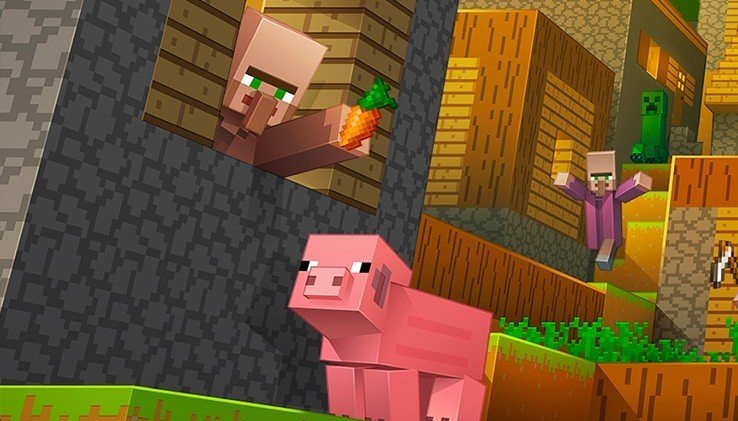 Image: minecraft.net
Image: minecraft.net
The official release of Minecraft version 1.0 took place on November 18, 2011. By that time, the community already consisted of millions of users. The game's fan base became one of the largest and most active in the world. Players created their own modifications, various maps, and even educational projects.
In 2012, Mojang began collaborating with different platforms, allowing the project to launch on consoles such as Xbox 360 and PlayStation 3. Console fans joined the community. The game gained incredible popularity among children and teenagers. The younger generation directed all their creative potential into creating innovative projects. A distinctive feature for players was the combination of entertainment and education.
Version Chronology
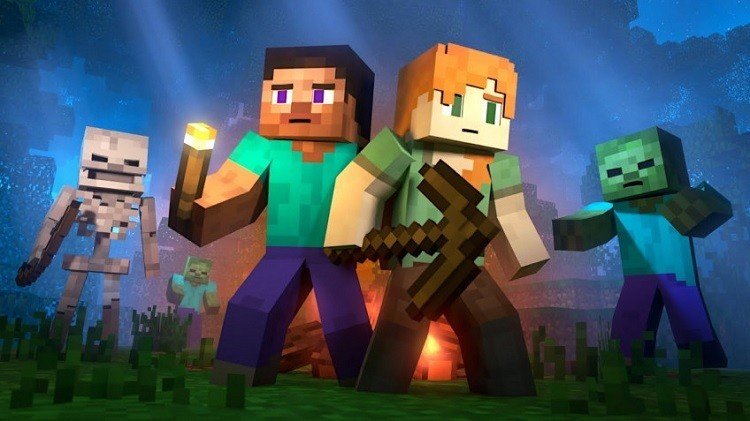 Image: aparat.com
Image: aparat.com
We have compiled a list of the most significant versions of Minecraft after the official release:
|
Name |
Description |
|
Minecraft Classic |
The original free version of Minecraft. |
|
Minecraft: Java Edition |
Lack of cross-platform play capability. The Bedrock Edition has been added to the PC version. |
|
Minecraft: Bedrock Edition |
Added a cross-platform game format with other Bedrock versions. The PC version includes Java. |
|
Minecraft mobile |
A cross-platform game with other Bedrock versions is available. |
|
Minecraft for Chromebook |
Available on Chromebooks. |
|
Minecraft for Nintendo Switch |
An exclusive offer. The Super Mario Mash-up kit is included with the game. |
|
Minecraft for PlayStation |
A cross-platform game with other Bedrock versions is available. |
|
Minecraft for Xbox One |
The version partially includes the Bedrock edition. New updates are no longer being released. |
|
Minecraft for Xbox 360 |
After the release of the Auatic Update, support stopped. |
|
Minecraft for PS4 |
The version partially includes the Bedrock edition. New updates are no longer being released. |
|
Minecraft for PS3 |
Support stopped. |
|
Minecraft for PlayStation Vita |
Support stopped. |
|
Minecraft for Wii U |
Added the option of off-screen format. |
|
Minecraft: New Nintendo 3DS Edition |
Support stopped. |
|
Minecraft for China |
Available only in China. |
|
Minecraft Education |
Created for learning. It is used in schools, camps and various educational clubs. |
|
Minecraft: PI Edition |
Designed for education. It runs on the Raspberry PI platform. |
Such was the history of Minecraft. To this day, this project is something more than just a game. It is an entire ecosystem that includes gaming communities, YouTube channels, merchandise, and even official competitions where players create structures as quickly as possible. The project continues to receive regular updates, with new biomes, characters, and features being added to maintain interest.
Main image: curseforge.com
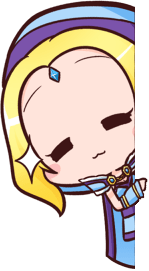
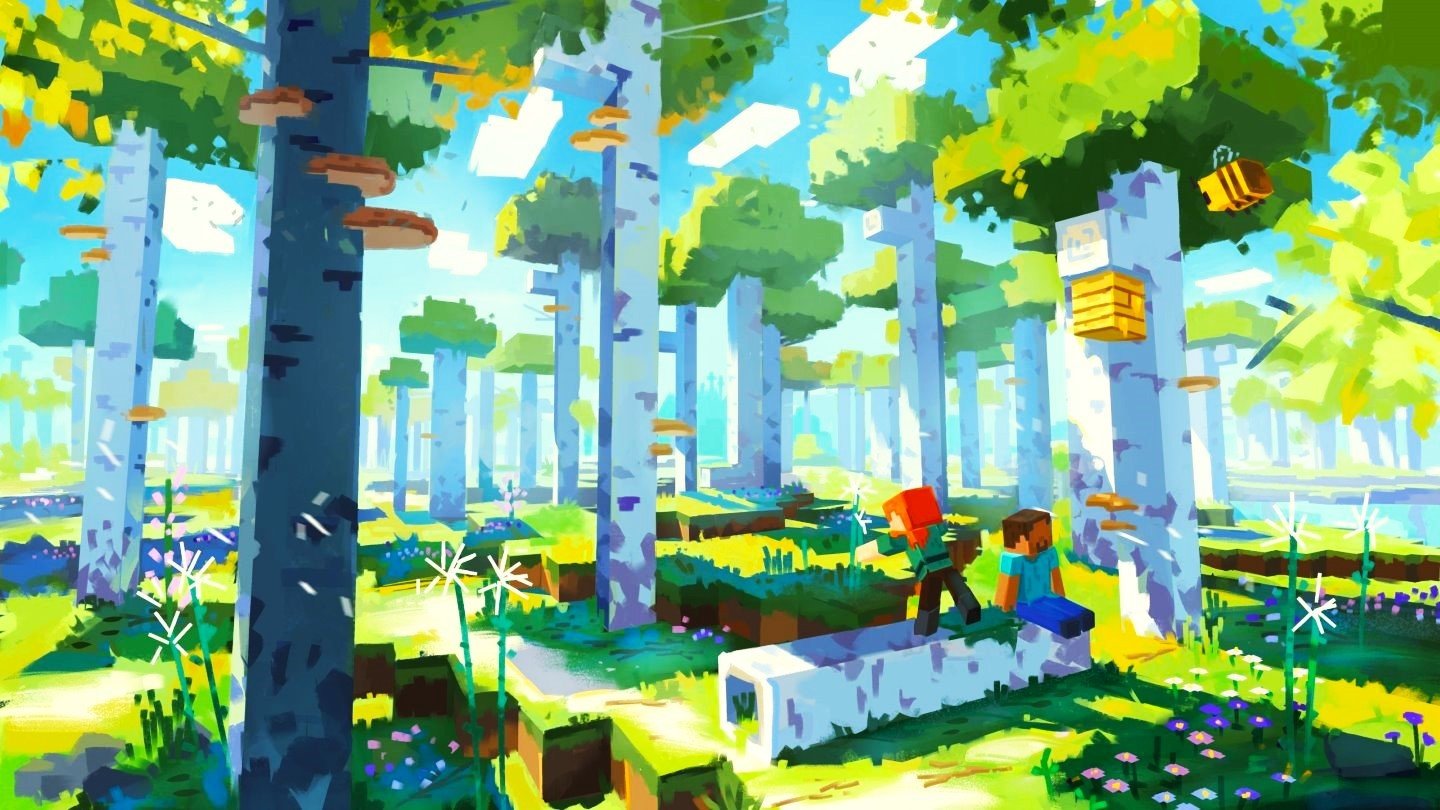
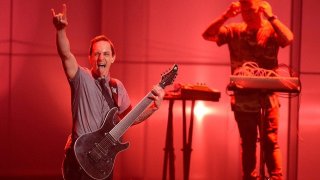
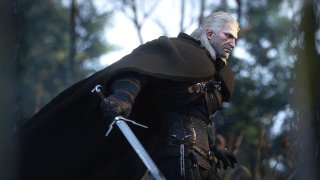
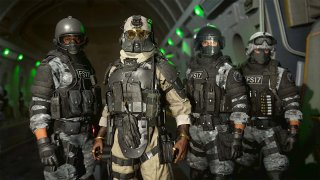
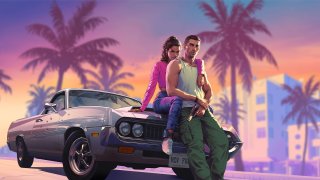
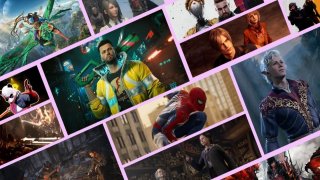
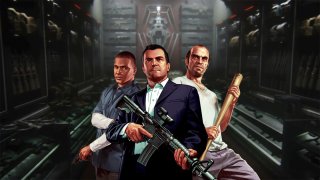
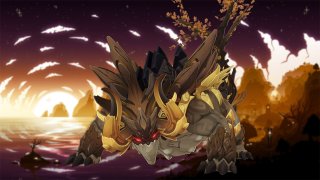
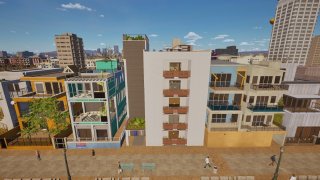
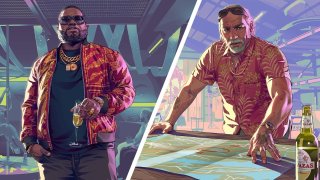
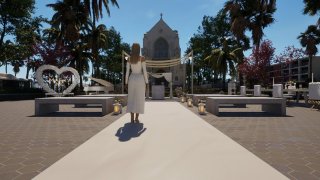
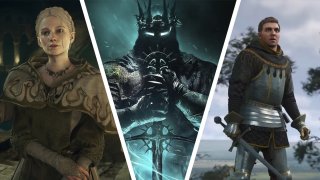

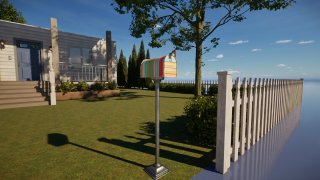
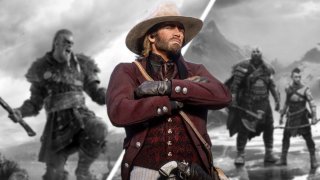

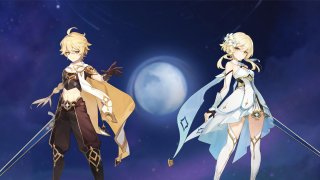

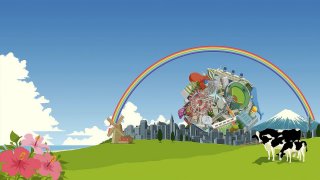
0 comments